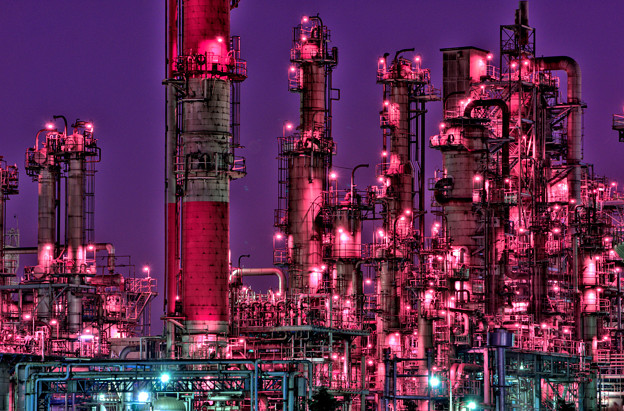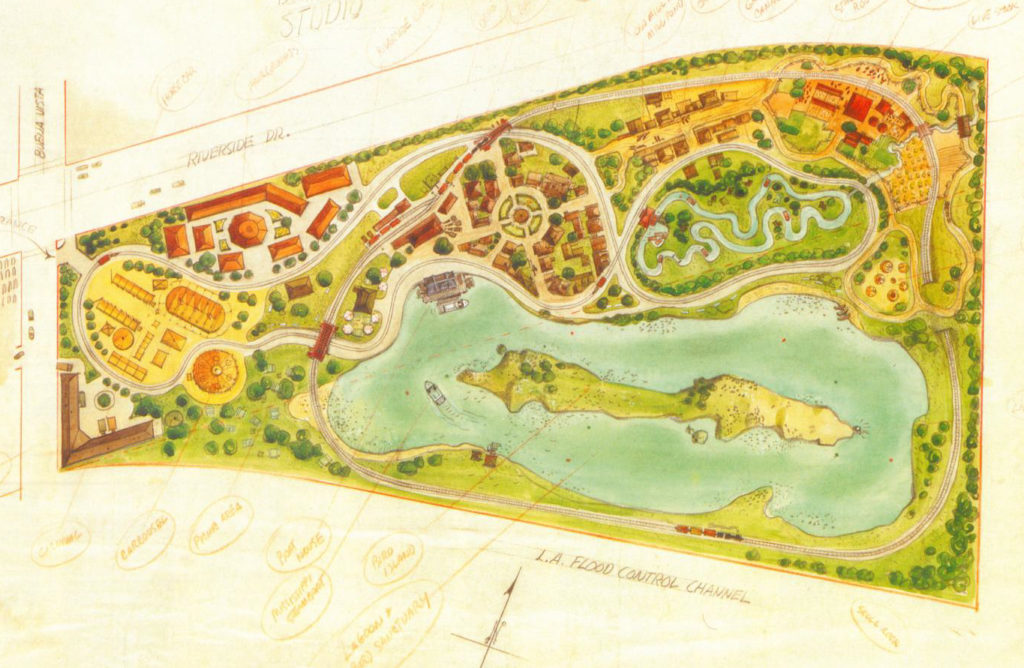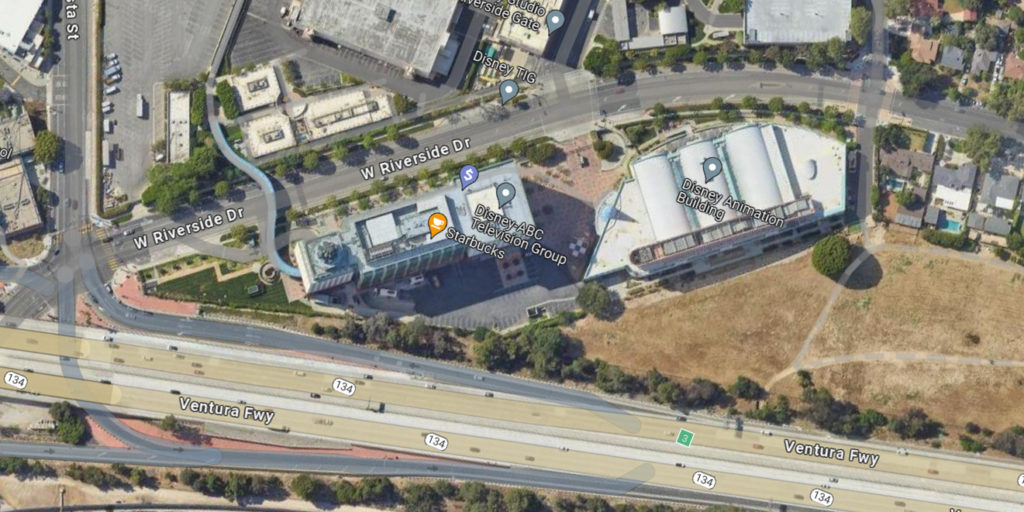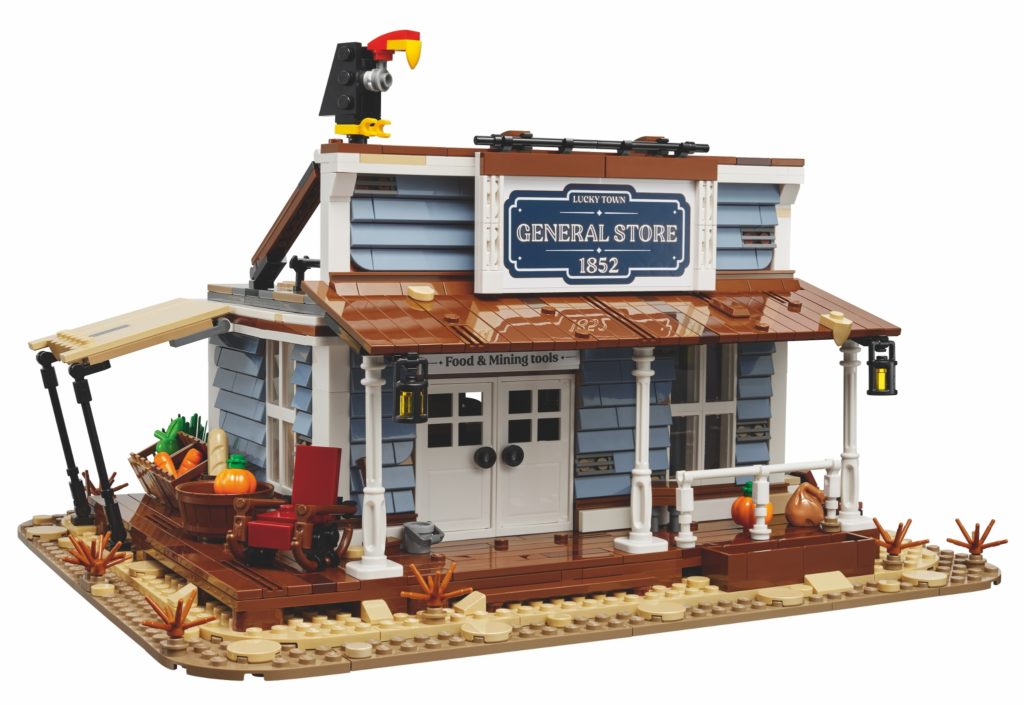

Japanese industrial tourism — also known as kojo moe, roughly translated as factory passion or factory infatuation — was a smallish fad in Japan a couple years ago. Factories and oil refineries became tourist attractions and people would take night trips to experience and photograph the industrial sights of heavy industry. This kind of stuff is right up my alley, I love the rough, brutal, functional aesthetic of factories, and nighttime lighting adds a whole other dimension.
 The fad started in 2007 after the publication of a book called Kojo Moe by Ken Oyama. It’s hard to find in the US but I got a copy off Ebay along with the follow-up book. They’re filled with fantastic photos of factories, lots of pipes, scaffolding, chimneys, furnaces, smokestacks, railings, etc. They have a certain industrial, cyberpunk beauty which I love. And they’re just dense with so much factory stuff.
The fad started in 2007 after the publication of a book called Kojo Moe by Ken Oyama. It’s hard to find in the US but I got a copy off Ebay along with the follow-up book. They’re filled with fantastic photos of factories, lots of pipes, scaffolding, chimneys, furnaces, smokestacks, railings, etc. They have a certain industrial, cyberpunk beauty which I love. And they’re just dense with so much factory stuff.
When I was in Tokyo a few years ago I tried to book a Yokohama night cruise which passed through some industrial zones along Tokyo Bay, but I couldn’t go because it’s only for Japanese. Apparently the boat captain gives emergency instructions in Japanese only, so as a safety precaution you have to be able to understand the instructions. Oh well.



